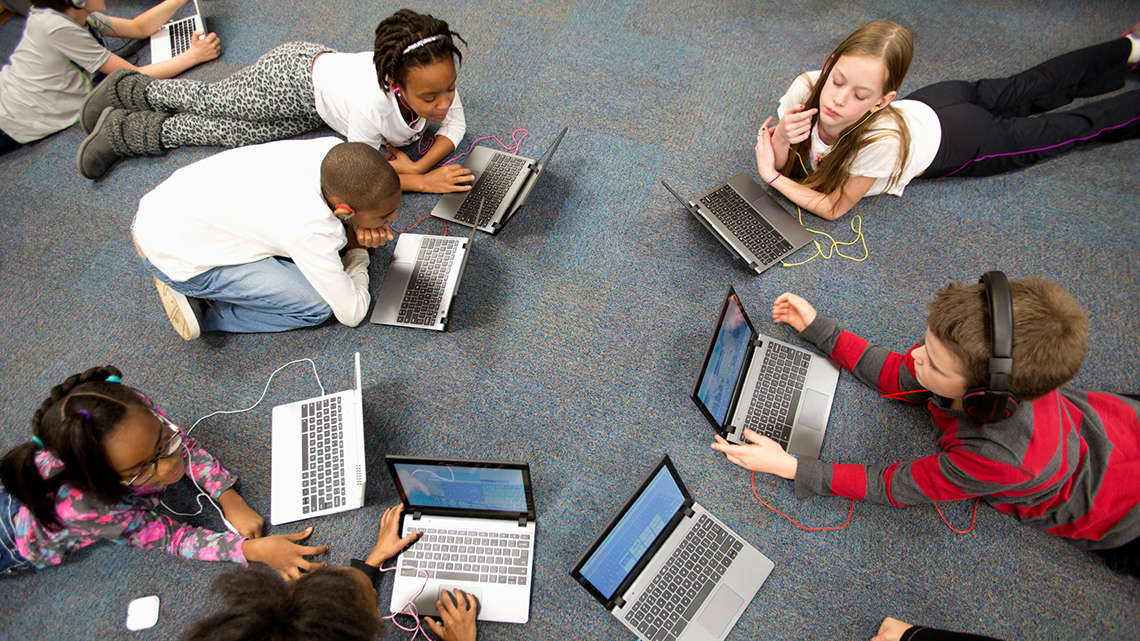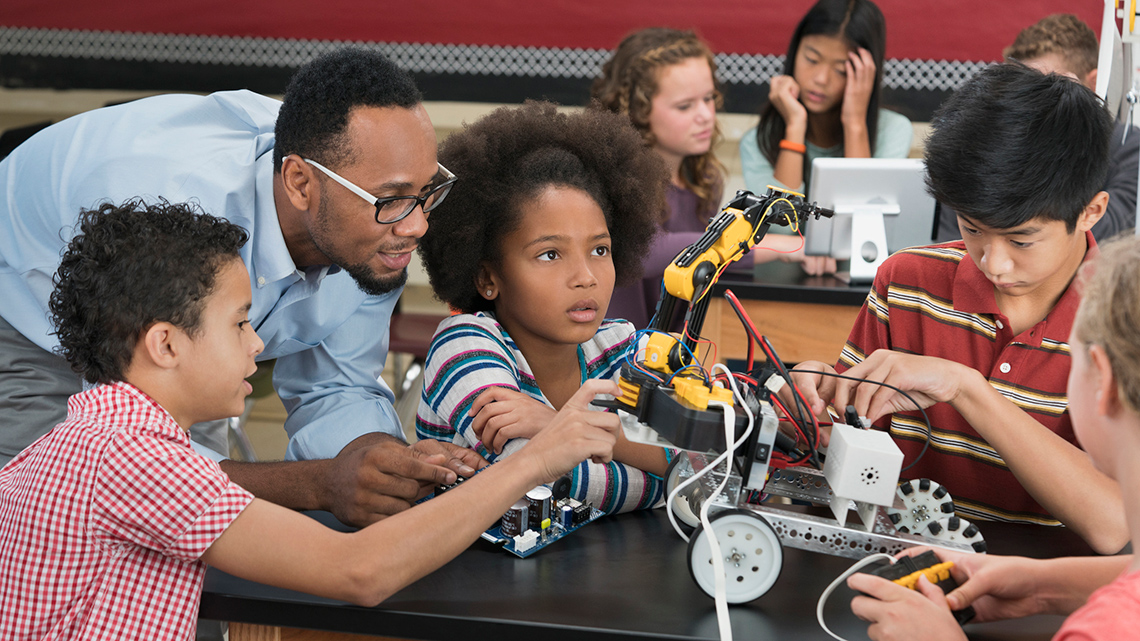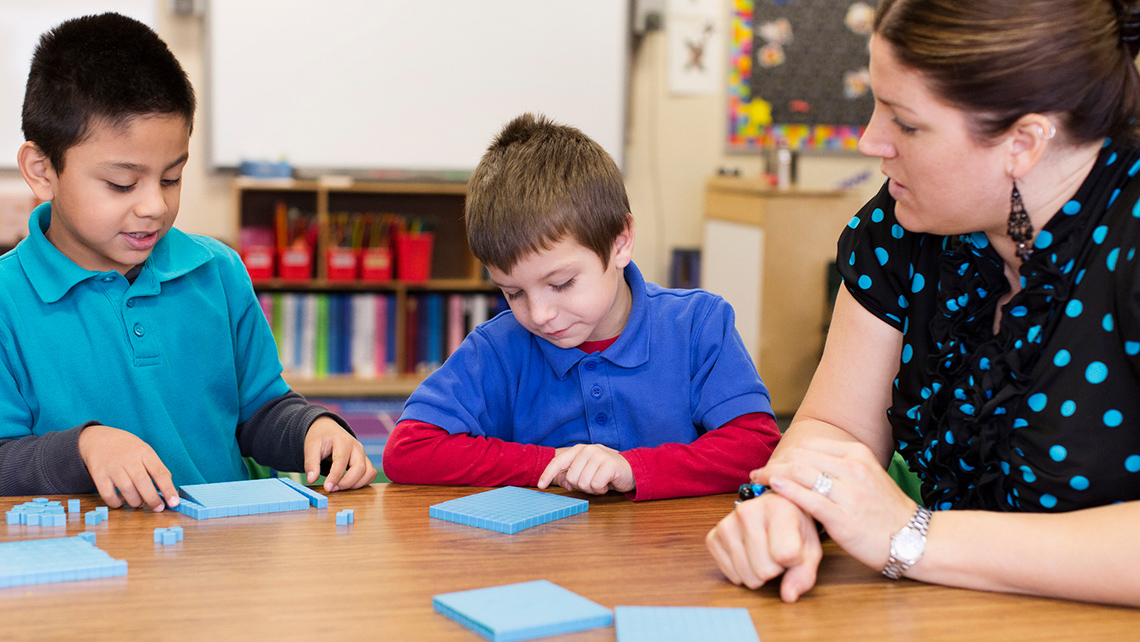Minds On
What is STEM?
What is STEM learning? Explore the following images and descriptions to discover what the acronym STEM stands for.
Combining science, technology, engineering, and math allows people to use problem-solving skills to solve real-world problems around them. Let’s explore the acronym STEM a little further:
Press the following tabs to access the meaning of STEM.
The S in STEM stands for science. Through observations and experiments, scientists are able to learn about the world around them. A scientist tries to understand how the world and other things work. They ask important questions and do lots of research to find the answers.

The T in STEM stands for technology. Technology can be used as part of the STEM process to enhance learning and help to solve problems and answer questions. The world is always changing, and new technologies are always being invented. Technology can be used in the process of STEM, or it might be the final product created. A few examples of technology in STEM are: computers, 3D printing, game development, coding, and much more.

The E in STEM stands for engineering. Engineering is the process of creating something. Engineers design, build, test, and re-build devices or technologies to help solve real-world problems. Designing and building windmills, water filters, or even planning building designs are only a few examples of engineering.

The M in STEM stands for mathematics. Mathematical skills are needed in order to help solve problems and create designs and plans for new technologies. This includes problem-solving and critical thinking.

Brainstorm
The importance of STEM
Let’s brainstorm and think about the following question:
Why might STEM be important?
Record your ideas in a notebook or using another method of your choice.
Action
STEM Contributions

STEM learning helps people to:
- solve problems
- find and use evidence
- work together on different projects
- think about the changing world around them
When we use STEM, we can create interesting and creative solutions to different challenges we face.
Explore the following examples of individuals who have contributed to the world of STEM. As you learn about each individual, consider the following questions:
- Which area of STEM has each contributor explored?
- What challenges might each of these contributors have tried to address?
- How might their contributions benefit others?
You may record your responses using a method of your choice.
Press the following tabs to access contributors to STEM.
“My goal is simple. It is a complete understanding of the universe.”
–
Stephen Hawking
Stephen Hawking was a theoretical physicist and mathematician. He taught both subjects during his career but was most famous for his research that helps us to understand the universe and how it began.
He used his understanding of physics to study different parts of the universe. Early in his career, he became interested in exploring black holes and discovered that black holes emit radiation. This became known as Hawking radiation.

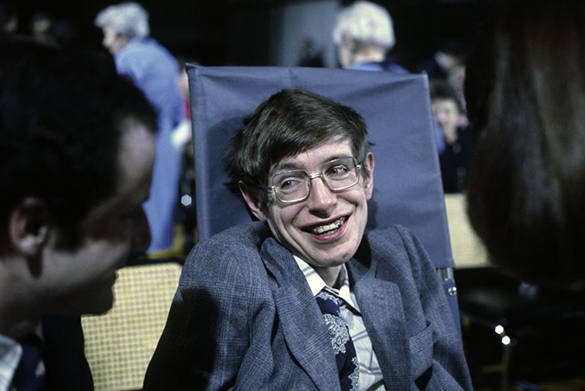
Stephen Hawking
One of the most famous books he wrote was called A Brief History of Time. His idea for this book was to share science in a way that helped everyone to enjoy and understand it. It took him 6 years to write this book!
In 2013, Stephen Hawking won a Breakthrough Prize in Fundamental Physics for his discovery of Hawking radiation from black holes and for all of his other contributions to understanding how the universe began.
Did you know? He also wrote a series of six adventure novels about science with his daughter Lucy Hawking.
“Our goal is to organize the world’s information to make it universally
accessible and useful.”
– Larry Page

Larry Page and Sergey Brin founded Google, one of the largest companies in the world. In 1995, they met as PhD students at the computer science program at Stanford University.
They worked on a project that was meant to improve people’s experience when they searched for information on the Internet. The project focused on organizing and sharing important and key information with the user. This is called a search engine.
Page and Brin continued to develop their project. They needed to figure out an algorithm that used the way the Internet is organized to sort relevant web pages. Over time they worked to continue to develop and improve the search engine.
Now, Google is the world leader among search engines. Google has changed peoples’ daily lives, making it easier than ever before to access information.
“I’ve always taken these opportunities and, like others, contributed with the
best I had.”
– Ursula Franklin
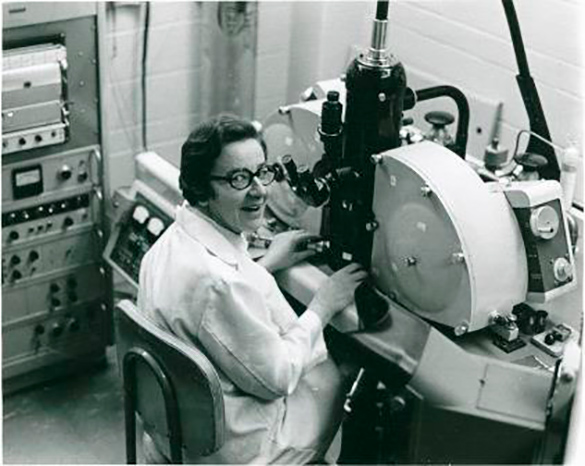
Ursula Franklin was a metallurgist, research physicist, and educator.
She received her Ph.D in experimental physics at the Technical University of Berlin in 1948 and then joined the Ontario Research Foundation. She taught and researched in material sciences and the impact of technology on people in society.
She helped to develop archaeometry, which is how we can use science and modern technology to examine and understand archeological findings (i.e. ancient ruins)
She joined the University of Toronto’s Department of Metallurgy and Materials Science in 1967 and taught for many years.
Throughout her career, she published more than 70 papers and contributed to various books on the topic of the “structures and properties of metals and alloys”.
She won many awards throughout her career for scientific research and humanitarian efforts. In 2002 she won the Pearson Peace medal.
“Like what you do, and then you will do your best.”
– Katherine Johnson
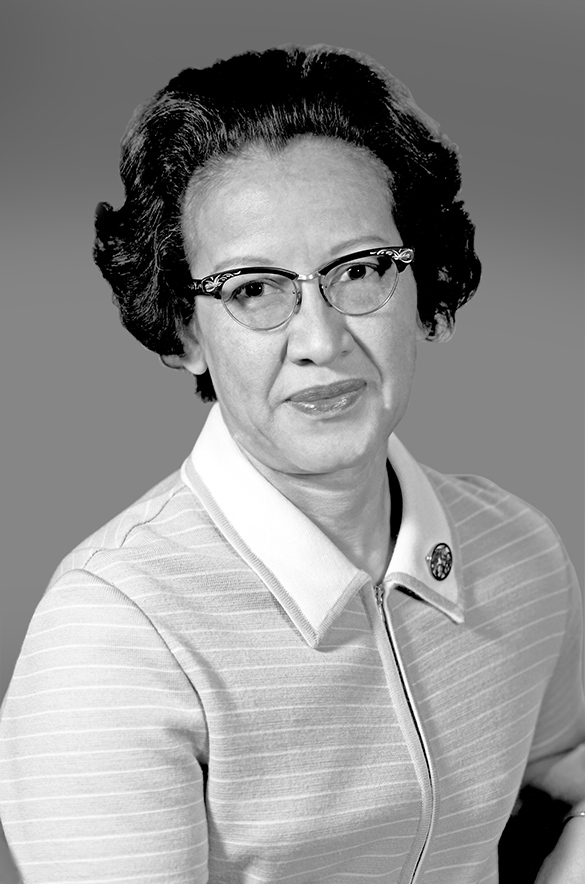
Katherine Johnson
Katherine Johnson was an African American space scientist and mathematician, and a leading figure in American space history. Katherine has made huge contributions to America’s aeronautics and space programs with her computing tools.
She played a big role in calculating key trajectories (flight paths) in the space race — calculating the trajectory for Alan Shepard, the first American in space, as well as for the 1969 Apollo 11 flight to the moon. After Johnson retired, she continued to encourage students to pursue careers in science and technology.
Learning check!
Let’s match the individuals to their contributions to STEM.
For each description, select the corresponding individual.
Now it’s your turn!
Check out this video to learn about the steps of the Scientific Research Process.
Using the Scientific Research process, choose two individuals who have made a contribution to the world of STEM. You can choose from the list provided or another person of your choice.
Complete the “STEM Contributions Activity” in your notebook or using the following fillable and printable document. If you would like, you can use speech-to-text or audio recording tools to record your thoughts.
When researching I can…
Press ‘Hint’ to access possible individuals you may research.
Possible individuals you may research:
- Bill Gates
- Grace Hopper
- Terence Tao
- Cornelia Bargmann
- George Washington Carver
- Vivien Tomas
- Dr. Warren Washington
- Lydia Newman
- Irene Uchida
- Roberta Bondar
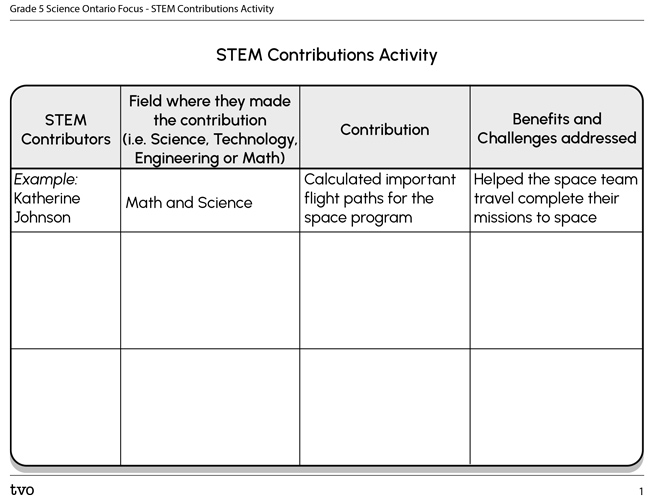
Press the Activity button to access the STEM Contributions Activity.
Activity (Open PDF in a new tab)Representation in STEM
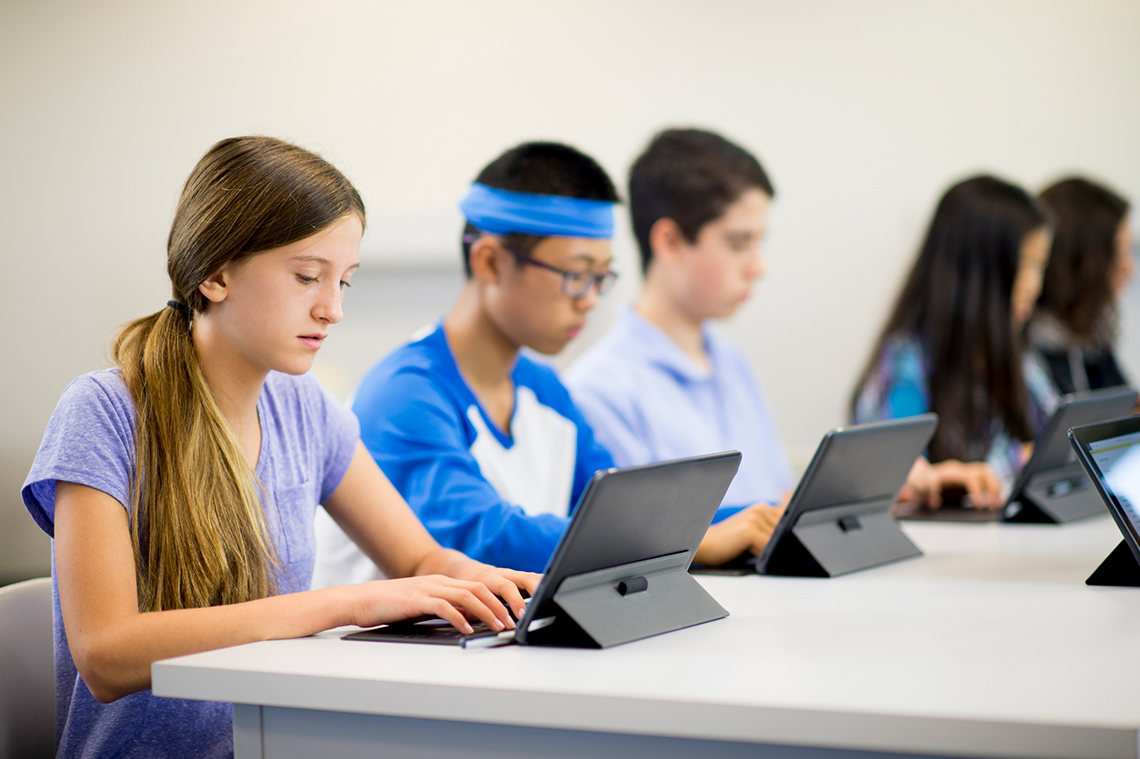
Now that you have explored some key individuals that have made contributions to STEM over the years, it is important to learn about representation in STEM.
Press ‘Definitions’ to access the meaning of representation and minority group.
Representation is the portrayal of someone or something in a particular way or in a certain nature. In STEM, women and minorities are often underrepresented, which means that they are not acknowledged as frequently for their success and contributions.
A minority group is a group of people, generally based on religion, culture, race, or other characteristics, that have smaller numbers than another group.
TVO journalist and co-host, Nam Kiwanuka, wrote an article about how women of colour are often underrepresented in the field of STEM. She drew attention to the movie Hidden Figures that tells the story of three Black women who played an important role in the first American orbit of Earth. While working on the program, three Black women who were mathematicians at the time, played a critical role in this space mission, but were not recognized for their contributions due to their skin colour.
In Ontario, there are organizations and mentorship programs that are working to correct the underrepresentation in the field of STEM. One example is Tech Spark. Tech Spark offers workshops and programs for children, women, people of colour, and newcomers to Canada to access STEM initiatives and programs.
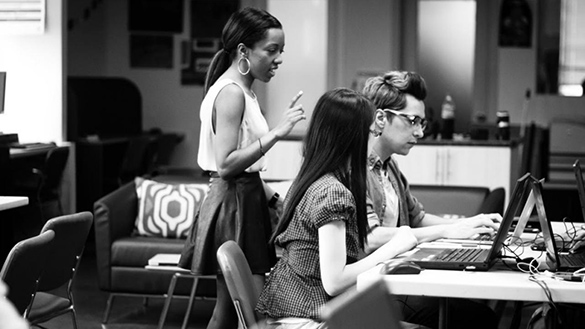
Another initiative is TechGirls Canada which was founded by Saadia Muzaffar. The purpose of the initiative is to allow women and minorities to thrive in the world of STEM. This initiative conducts research about women, specifically women of colour and Indigenous, 2SLGBTQI, immigrant, and refugee women, in STEM and tries to find opportunities to create a more inclusive STEM environment and more opportunities for these groups to participate in STEM-related fields.
Pause and Reflect
Representation
After learning about representation in STEM respond to the following questions:
- What are two new things that you learned?
- What is Tech Spark? What is their goal? Why might what they are doing be important?
- Why do you think it is important to have representation in STEM? How do you think these different organizations might bring change in the future of STEM?
Record your responses in a notebook or using another method of your choice.
Consolidation
Sharing your learning

Consider what you have learned about STEM, contributors in STEM, and the purpose of STEM.
How could you share what you know with a younger audience?
What is the information about STEM that you would want to communicate?
You may share the information using a method of your choice.
Press ‘Hint’ to access what you could share.
For example, you might decide to share:
- the meaning of the acronym STEM
- why STEM is important now and for the future
- one person that has contributed to the world of STEM
STEM in the future

Choose one of the following questions to reflect on and respond to:
- Imagine what school might be like in the future. Consider what students might be learning about. How might STEM subjects be taught? What kinds of additional subjects would be available to learn about?
- What is an issue that you believe needs to be addressed? Do you think STEM could help address this issue? How do you think they could be solved?
Examples of issues might include:
- protecting the environment
- safe drinking water for all
- equal access to information
Record your ideas in a notebook or using another method of your choice.
If possible, share your ideas with a partner.
Reflection
As you read through these descriptions, which sentence best describes how you are feeling about your understanding of this learning activity? Press the button that is beside this sentence.
I feel...
Now, record your ideas using a voice recorder, speech-to-text, or writing tool.

